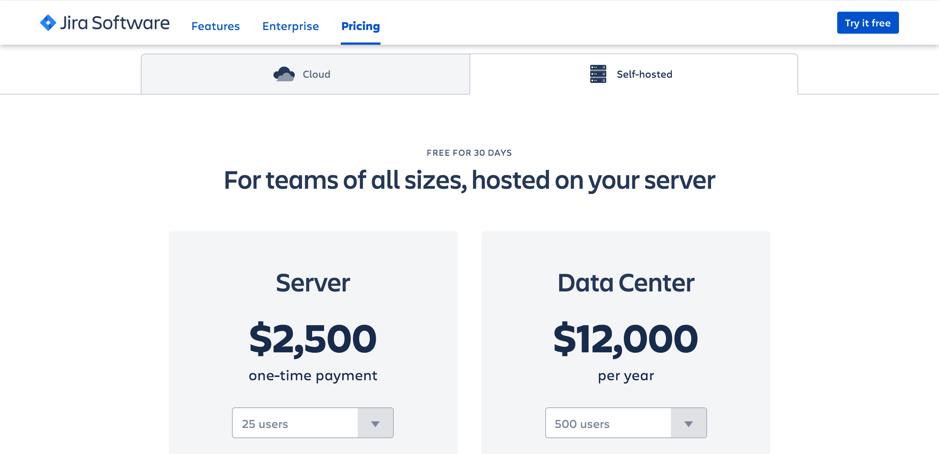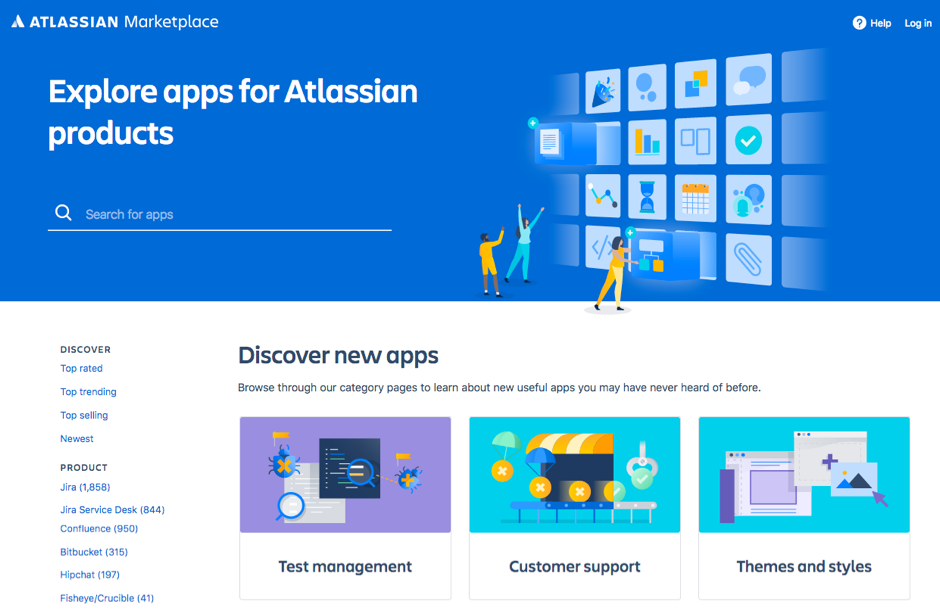If you're wondering whether you should be using Jira or not, these benefits will help you decide. It's very important that we highlight them.
The various benefits of using Jira are as follows:
- Standard tool for teams of all sizes
- Simple licensing model
- Lightweight tool
- Low maintenance
- Easy to use and intuitive
- Increased productivity
- Better visibility
- Integration with other tools
- Marketplace apps
- A RESTful API for limitless possibilities
- Atlassian Community
Let's now discuss these features in detail.












































































